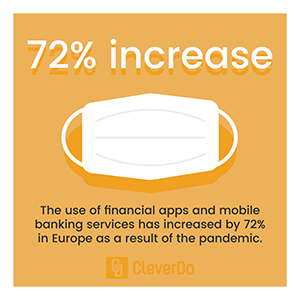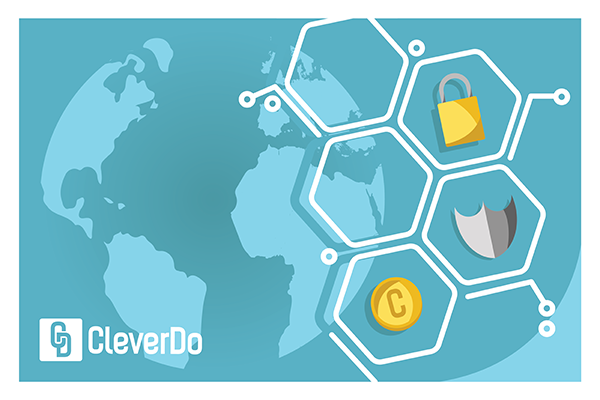What is Fintech?
Fintech is the abbreviation of financial technology and refers to any innovative technologies being used in finance.
Without even realising it, many people have immersed themselves in the world of Fintech. It has become a part of a great number of people’s daily lives. Below are a few examples of the sort of day-to-day Fintech applications being used:
- Mobile wallets, such as Google Wallet and Apple Pay
- Personal financial applications like CleverDo
- QR code payments
- Cryptocurrency
Today Fintech is being applied to various applications, not just in personal finance but for businesses as well. For business owners adopting fintech into their payment processes as well as stock tracking and other financial report systems relating to the business type is vital to maintaining customer satisfaction and growth.
Below are the two most common examples of the use of Fintech in business;
B2C – Business to Client: Consumer oriented Fintech that allows customers to send and receive money online, as well as giving them access to other financial services, normally using a mobile app.
B2B – Business to Business: Allows businesses to obtain loans and other financial services quickly and conveniently, as well as streamlining payroll and procurement procedures.
What are the benefits FinTech?
From a consumer point of view, Fintech applications offer a number of advantages over cash and cards:
- Convenience – No more cash and multiple cards, just one app.
- Security – When you make a payment using NFC (Near Field Communication) none of your information is passed to the POS (Point-of-Sale) device.
- Financial inclusion – Personal financial apps have opened a door for many people who could not afford conventional bank accounts.
Benefits for businesses include:
- POS – Fintech has bought about the possibility of using your mobile device as a POS terminal. Ukheshe Technologies released their new Eclipse software in July. This tap-on-phone technology allows businesses to take contactless payments without the need for third party certification, greatly reducing the cost of digital payments and opening the possibility of utilizing this to SMEs and micro businesses.
- More efficient and accurate reporting and tracking systems.

Some examples of Fintech
QR codes – The little boxes can hold huge amounts of data and have a number of uses, such as:
- Payments – A vendor can use a barcode that the consumer can then scan with their mobile device to make payment.
- Menus – This became a popular option during the pandemic to limit the spread of infection.
- Digital business cards – create a QR code holding all of your contact information as well as links to websites and social media platforms.
Blockchain, the technology behind cryptocurrency has also been very prominent in the last decade with the release of Bitcoin in 2008 and its first competitor Litecoin in 2011. Today there are around 10,000 cryptocurrencies!
Fintech is currently the fastest growing financial market even after it slowing down a little in the past 12 months. The global fintech market had an estimated worth of $110.59 billion in 2020 and that is expected to rise at a CAGR (compound annual growth rate) of 20.5% leading an estimated worth of $699.5 billion by 2030!


Recent Comments